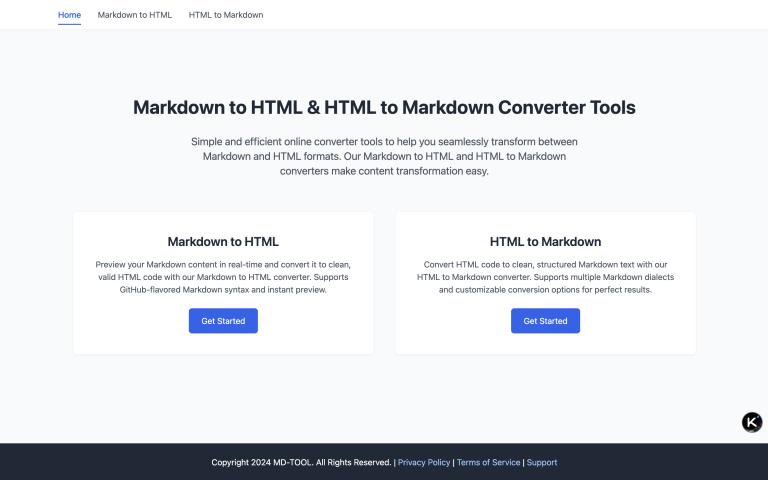Lead generation is an intriguing process that transforms strangers into loyal customers. Let’s take a look at the fascinating journey of lead generation and how it works step by step.
Step 1: Attract Attention
Content Creation
The journey begins with creating valuable content. This can include blog posts, videos, infographics, and social media updates. The goal is to provide information that your target audience finds useful and engaging.
SEO and Keywords
Next, you optimize your content for search engines. This involves using relevant keywords that potential customers might search for. Good SEO ensures your content appears higher in search results, attracting more visitors to your website.
Step 2: Capture Interest
Landing Pages
When visitors click on your content, they’re directed to landing pages. These are specially designed pages that focus on a single offer, like a free eBook, webinar, or discount. The landing page includes a form where visitors can enter their contact information.
Forms and CTAs
The forms on your landing pages should be simple and easy to fill out. Clear and compelling call-to-action (CTA) buttons guide visitors on what to do next, such as “Download Now” or “Sign Up Today.”
Step 3: Nurture Leads
Email Campaigns
Once you’ve captured a lead’s contact information, it’s time to nurture them. Automated email campaigns are a great way to stay in touch. These emails provide additional valuable content, updates, and special offers to keep leads engaged.
Personalized Content
Personalization is key to effective lead nurturing. Use the data you’ve collected to tailor your messages to each lead’s interests and needs. This makes your communications more relevant and increases the chances of conversion.
Step 4: Engage and Educate
Webinars and Workshops
Hosting webinars or workshops can be an excellent way to engage leads. These events allow you to demonstrate your expertise and build a relationship with potential customers.
Interactive Content
Interactive content, like quizzes, surveys, and calculators, can keep leads engaged and provide you with more information about their preferences and needs.
Step 5: Convert Leads to Customers
Sales Calls
At this stage, your sales team steps in to directly engage with the lead. This could involve personalized emails, phone calls, or virtual meetings. The aim is to address any questions or concerns and guide the lead towards making a purchase.
Special Offers
Offering special deals or discounts can be a powerful incentive for leads to convert into customers. Highlighting limited-time offers or exclusive benefits can create a sense of urgency.
Step 6: Retain and Delight
Customer Support
Once a lead becomes a customer, the journey doesn’t end. Excellent customer support ensures they have a positive experience with your product or service, which can lead to repeat business.
Loyalty Programs
Implementing loyalty programs can help retain customers and encourage them to refer your business to others. Rewards, discounts, and exclusive offers make customers feel valued and appreciated.
Conclusion
Lead generation is an exciting and dynamic process that involves attracting attention, capturing interest, nurturing relationships, engaging leads, converting them into customers, and retaining their loyalty. By understanding and optimizing each step of this journey, businesses can create a steady stream of satisfied customers and drive long-term success.








